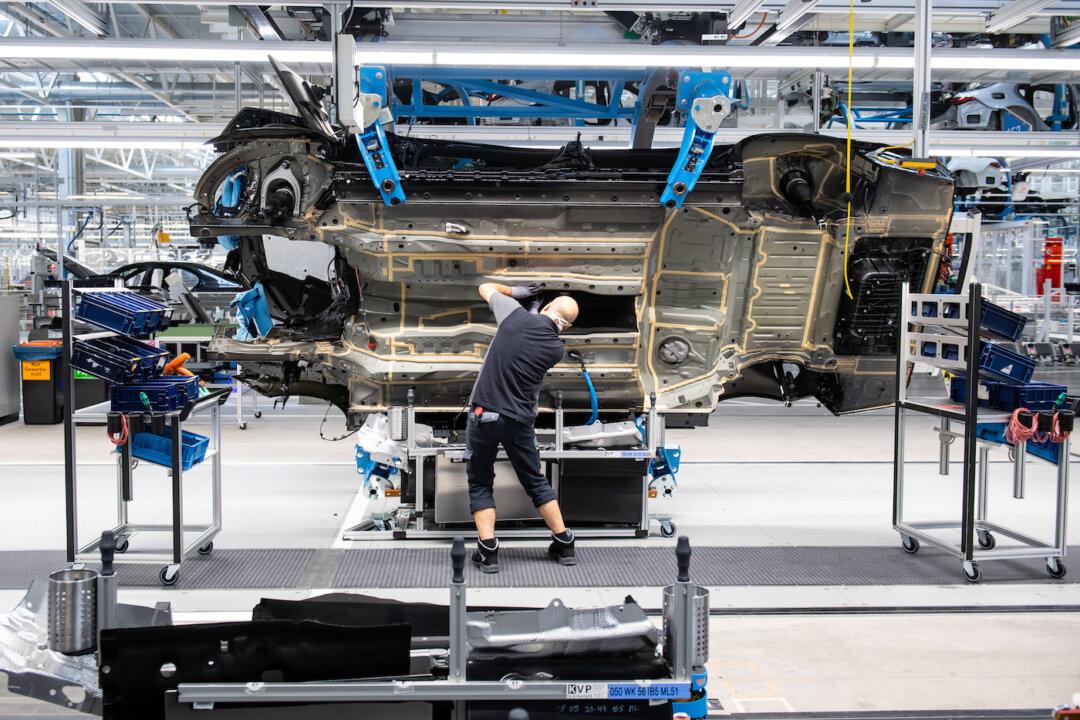Berlin—Germany’s top economic institutes cut their joint forecast for 2021 growth in Europe’s largest economy to 2.4 percent on Thursday as supply bottlenecks hamper manufacturing, but they raised their prediction for next year.
The five institutes—the RWI in Essen, the DIW in Berlin, the Ifo in Munich, the IfW in Kiel, and Halle’s IWH—raised their 2022 forecast to 4.8 percent from 3.9 percent, saying the economy would reach normal capacity utilization over the course of the year as the impact of the coronavirus pandemic gradually eased.





